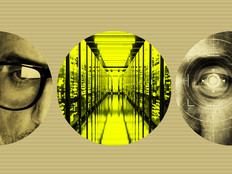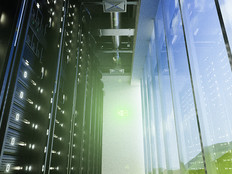3 Roadblocks to DCIM Integration
An ideal data center infrastructure infrastructure management (DCIM) system would immediately integrate with all other hardware and software in the data center. Unfortunately, there are still some obstacles that can delay this comprehensive unification of the data center.
One of the most fundamental issues is vendor diversity. If all data center equipment is manufactured by the same company — servers, storage, and networking; power distribution units (PDUs); uninterruptible power supplies (UPSs); and heating, ventilation and air conditioning systems — it will be a much simpler task to manage the environment uniformly. Most data centers procure components from many different vendors, however, so it becomes necessary to look for integration points using a range of techniques, including application programming interfaces, appliances and sensors.
Integrating facilities and IT with DCIM is particularly challenging. Not all facilities’ tools or IT management software expose standard interfaces that a DCIM system can use. Even when they do offer hooks, someone must configure and validate the integration.
Beyond the basic challenges, there are a number of limitations with many of the DCIM products on the market today:
- Cooling: Some DCIM software products are limited to controlling power and cannot monitor, manage or control cooling systems, which are often based on outdated protocols. This significantly limits the solution’s value because there is still a need to monitor the air-conditioning and ventilation systems separately.
- Cross-vendor visibility: There is limited standardization in this area, which leads to a lack of compatibility. Some DCIM products can integrate with a wide variety of systems. However, others support a certain list of hardware vendors and are not flexible to configure or integrate with other vendors.
- Platform support: The best DCIM software can see across a range of platforms — from commodity x86 systems to hardware appliances and mainframe systems. Legacy equipment is a particular area of concern because older systems may lack the newer management and monitoring interfaces, which would allow easy integration with DCIM.
In summary, DCIM is a fractured and evolving technology. Therefore, it is vital to check which monitoring systems are in use and which interfaces they expose in order to make sure that any DCIM system chosen will be able to accommodate them.
For more information, download our free DCIM white paper.






